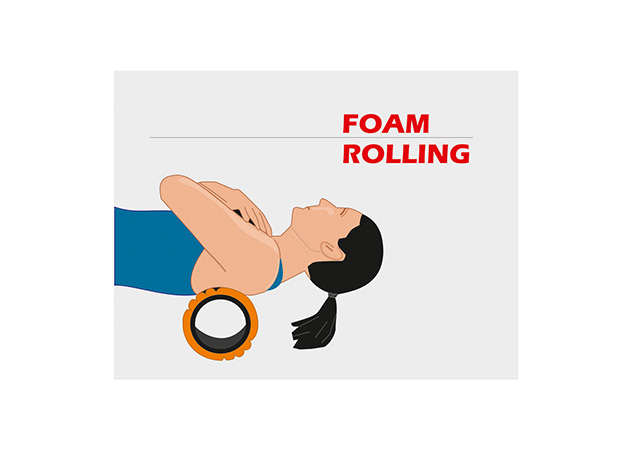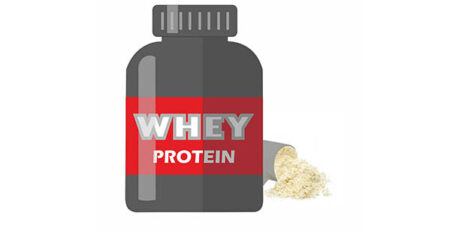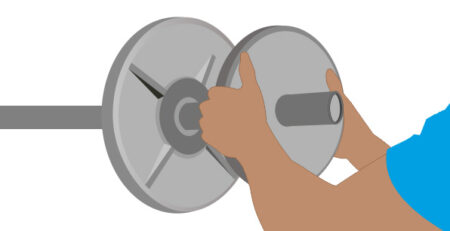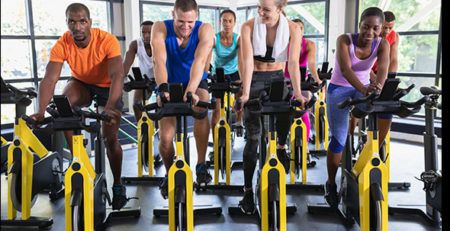Foam Rolling
Benefits, Techniques, and Best Practices
Introduction
Foam rolling has gained immense popularity in the fitness world as a powerful tool for self-myofascial release (SMR). Whether you’re an athlete, a fitness enthusiast, or someone dealing with muscle tightness, foam rolling can help relieve soreness, improve flexibility, and enhance overall movement efficiency. But what exactly is foam rolling, and how can it benefit you? This guide will dive deep into the science behind foam rolling, its benefits, and how you can incorporate it into your fitness routine.
What is Foam Rolling?
Foam rolling is a self-massage technique that involves applying firm pressure to tight or sore muscles using a foam roller. This technique helps release muscle knots, improve circulation, and enhance muscle recovery. The process involves using body weight to target specific muscle groups, breaking up adhesions in the fascia (the connective tissue surrounding muscles) to promote better movement and flexibility.
How Long Should You Use a Foam Roller?
The duration of foam rolling depends on your goals and the area being targeted. Here’s a general guideline:
- Pre-Workout: 10-15 minutes to activate muscles and improve mobility.
- Post-Workout: 10-15 minutes to aid recovery and reduce muscle soreness.
- Dedicated Foam Rolling Sessions: 20-30 minutes to focus on specific problem areas and enhance flexibility.
Regular foam rolling can help prevent injuries and improve overall muscular health. However, consistency is key—integrating foam rolling into your routine will yield the best results over time.
Key Benefits of Foam Rolling
1. Increased Blood Flow and Reduced Risk of Injury
Foam rolling applies repeated pressure to the muscles, effectively pushing out old blood and allowing fresh, oxygen-rich blood to circulate. This increased blood flow delivers essential nutrients and removes metabolic waste, leading to faster muscle recovery and a reduced risk of injury.
2. Enhanced Flexibility and Range of Motion
Hydrated muscles move more freely, reducing the likelihood of excessive stretching or strain. Foam rolling helps loosen tight muscles and enhances stretching exercises, promoting smoother movement patterns during workouts.
3. Faster Muscle Recovery
After an intense workout, muscles experience micro-tears and soreness due to lactic acid buildup. Foam rolling helps flush out lactic acid, bringing in fresh nutrients to accelerate muscle repair. This results in less post-exercise discomfort and a quicker return to peak performance.
4. Relief from Muscle Soreness and Tension
Foam rolling acts as a deep-tissue massage, alleviating tension in overworked muscles. It’s particularly beneficial for those who experience stiffness after prolonged sitting or intense physical activity.
5. Improved Athletic Performance
Regular foam rolling can enhance neuromuscular efficiency, allowing for better muscle activation during exercises. This improved movement efficiency contributes to better sports performance and reduced fatigue.
Is Foam Rolling Safe?
Foam rolling is generally safe for most individuals when used correctly. However, there are some precautions to consider:
- Do not foam roll over injuries – If you have a muscle strain, tear, or inflammation, avoid rolling directly over the affected area, as this may worsen the condition.
- Listen to your body – Foam rolling should not cause extreme pain. While some discomfort is normal, excessive pain could indicate improper technique or excessive pressure.
- Consult a professional – If you have chronic pain or a medical condition affecting your muscles, consult a physician or physical therapist before incorporating foam rolling into your routine.
How to Choose the Right Foam Roller
Selecting the right foam roller is crucial for an effective and comfortable experience. Consider these factors when choosing one:
1. Density
- Soft foam rollers: Best for beginners or those with sensitive muscles, providing gentle pressure.
- Medium-density rollers: Ideal for most individuals, offering a balance between comfort and effectiveness.
- Firm rollers: Suitable for experienced users who need deep-tissue massage and intense pressure.
2. Texture
- Smooth rollers: Provide even pressure and are great for beginners.
- Textured rollers: Designed with ridges or knobs to target specific muscle knots and provide deeper massage.
3. Size and Length
- Long rollers (36 inches): Great for full-body rolling and larger muscle groups.
- Medium rollers (18 inches): Ideal for targeting specific areas like the legs and back.
- Short rollers (12 inches or less): Compact and travel-friendly for targeted muscle relief.
Best Practices for Foam Rolling
To maximize the benefits of foam rolling, follow these best practices:
1. Roll Slowly
Move at a controlled pace, spending 30-60 seconds on each muscle group. Avoid rolling too fast, as it may not effectively release muscle tightness.
2. Avoid Bony Areas and Joints
Foam rolling should focus on soft tissue. Avoid rolling directly over bones, joints, or the lower back, as this can cause discomfort or injury.
3. Breathe and Relax
Relax your muscles and take deep breaths while rolling. Tensing up can counteract the benefits of foam rolling and make it less effective.
4. Combine with Stretching
For optimal results, pair foam rolling with stretching exercises. This combination enhances muscle flexibility and overall mobility.
5. Stay Consistent
Like any recovery technique, foam rolling works best when done regularly. Incorporate it into your routine at least 3-5 times per week for noticeable improvements.
Conclusion
Foam rolling is a simple yet highly effective method for improving muscle recovery, flexibility, and overall performance. By incorporating foam rolling into your fitness routine, you can reduce soreness, enhance movement efficiency, and prevent injuries. Remember to choose the right foam roller, follow best practices, and stay consistent for the best results.
Are you already using a foam roller in your workouts? Share your experience in the comments below! For more expert fitness and wellness tips, follow www.fittoflaunt.com.











